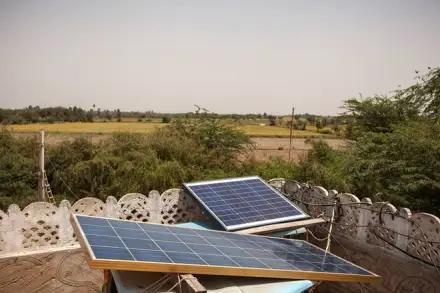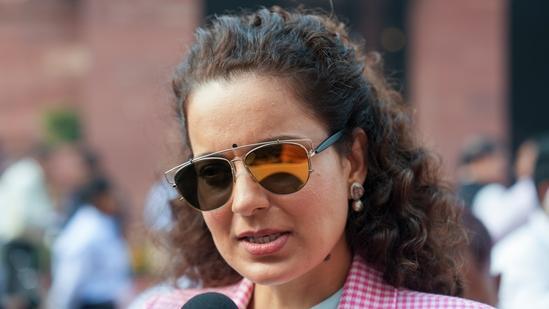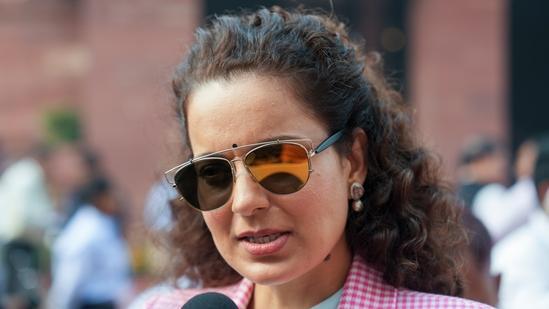
Gujarat Achieves 39% Share in India’s Solar Rooftop Installations
India has been making significant strides in the renewable energy sector, and Gujarat has taken the lead in solar rooftop installations. According to a recent announcement by the Ministry of New and Renewable Energy (MNRE), Gujarat has the largest percentage of solar rooftop installations in the country, with 38.8% or over 4 lakh households in the state receiving these systems. This is a remarkable achievement, and in this blog post, we will delve deeper into the significance of this development and what it means for the future of renewable energy in India.
Gujarat’s Renewable Energy Ambitions
Gujarat has been at the forefront of renewable energy projects in the country. The state has set a target of achieving 50% of its energy requirements from renewable sources by 2030. To achieve this ambitious goal, the state government has been taking several initiatives to promote the use of solar energy. Gujarat has already installed a significant capacity of renewable energy projects, with a total installed capacity of 32,924 megawatts.
Solar Rooftop Installations in Gujarat
The MNRE’s announcement highlights Gujarat’s dominance in solar rooftop installations. With over 4 lakh households in the state having installed solar rooftop systems, Gujarat accounts for 38.8% of India’s total solar rooftop installations. This is a significant achievement, considering that the state has a large population and a significant demand for energy.
The solar rooftop installations in Gujarat have not only reduced the state’s dependence on fossil fuels but also helped to reduce greenhouse gas emissions. The state’s government has been promoting the use of solar energy through various initiatives, including subsidies and incentives for households and businesses that install solar rooftop systems.
Maharashtra’s Second-place Finish
While Gujarat has taken the lead in solar rooftop installations, Maharashtra is a close second. The state has installed over 2 lakh solar rooftop systems, accounting for 16.1% of India’s total solar rooftop installations. Maharashtra’s government has also been promoting the use of solar energy, and the state has set a target of achieving 30% of its energy requirements from renewable sources by 2030.
Benefits of Solar Rooftop Installations
Solar rooftop installations offer several benefits, including reducing the state’s dependence on fossil fuels, reducing greenhouse gas emissions, and providing a stable source of energy. For households and businesses, solar rooftop installations can also reduce electricity bills and provide a hedge against rising electricity costs.
Challenges and Opportunities
While Gujarat’s achievement in solar rooftop installations is significant, there are still several challenges that need to be addressed. One of the major challenges is the high upfront cost of solar rooftop systems, which can be a barrier for many households and businesses. Additionally, the availability of grid connectivity and the lack of a standardized framework for solar rooftop installations can also be challenges.
Despite these challenges, there are several opportunities that can be leveraged to further promote the adoption of solar rooftop installations in Gujarat. For instance, the government can provide more incentives and subsidies to households and businesses that install solar rooftop systems. Additionally, the state can also promote the use of solar energy through public-private partnerships and by creating a standardized framework for solar rooftop installations.
Conclusion
Gujarat’s achievement in solar rooftop installations is a significant milestone in the state’s journey towards achieving its renewable energy targets. The state’s dominance in solar rooftop installations is a testament to its commitment to promoting the use of renewable energy. As the country continues to move towards a low-carbon future, Gujarat’s achievement serves as a model for other states to follow.
Source:





